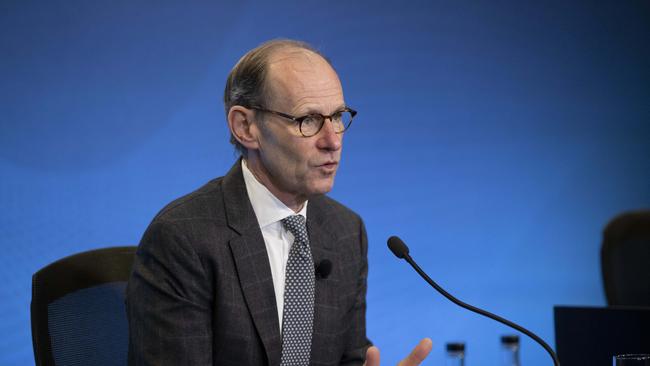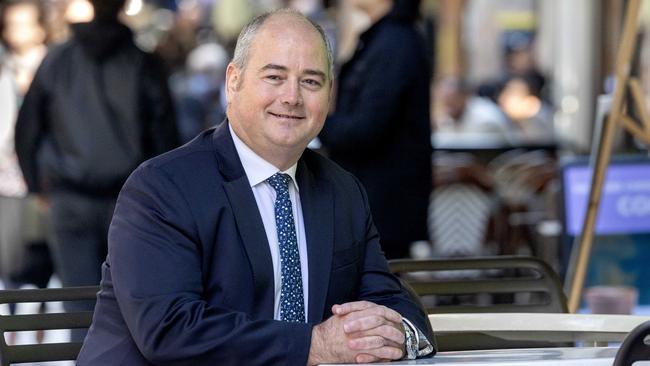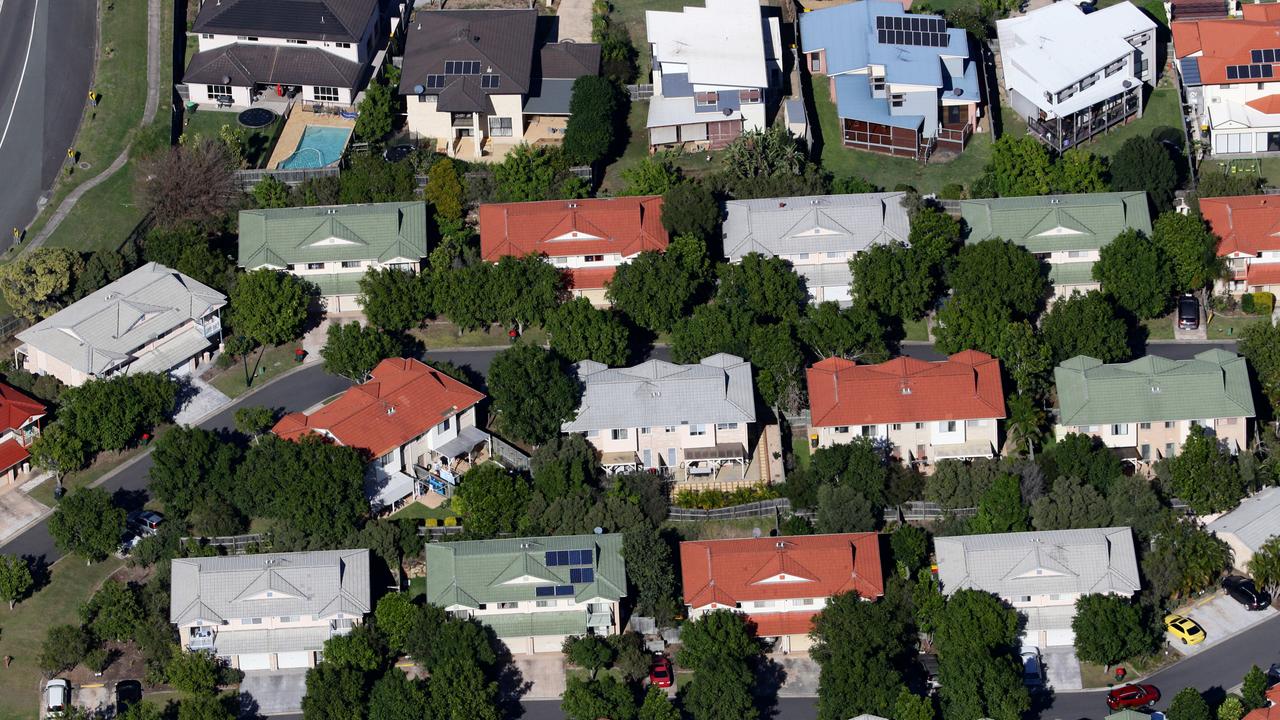50-year mortgages and lower deposit requirements not off the table, says big four bank CEO
A major bank CEO is calling for a shake-up of Australia’s lending system to help fix the nation’s housing crisis — and he isn’t ruling anything out. SEE HIS PROPOSALS.

Property
Don't miss out on the headlines from Property. Followed categories will be added to My News.
Lower deposits and 40-year mortgages have been floated as ideas for a radical shake-up to Australia’s broken housing market.
Cutting the 3 per cent buffer added on top of mortgage applications by the nation’s prudential authority’s has also been proposed by the head honcho of one of the nation’s biggest banks.
RELATED: 20 Melb suburbs where homes cost less than $600k
No.1 thing Aussies want in a home
15 suburbs where homebuyers are in best place to negotiate
ANZ chief executive Shayne Elliott is encouraging everyone from developers to politicians to sit down and discuss how the nation’s lending environment has become a hub of “financial exclusion,” especially for younger people.
“Over the years, since the financial services inquiry, the Royal Commission, various interventions and changes in regulation, including the consumer credit laws, we have imposed a risk aversion on the banks,” Mr Elliott said.
“I get the intent, we’re trying to make the system safer; all I’m suggesting is that (it’s) coming at a cost.”

He said “little things” like the 3 per cent buffer the Australian Prudential Regulation Authority (APRA) imposes on mortgagees through lenders to ensure they could service their loans if interest rates increased was perhaps “too high”.
Mr Elliott added that reducing the typical deposit requirement on a home to avoid paying lender’s mortgage insurance (LMI) from 20 per cent to 15 per cent “should also be on the table”.
“We need to be more open minded about granting exceptions where it makes sense, I think that’s fair,” he said.
“All those things should be thought about; how long mortgages are, what’s the actual deposit we do, what buffers we put in place, what exclusions we apply. I think all of that is absolutely fair to review and decide whether we’ve got our settings right.”
He noted that there was no law that said that a bank couldn’t offer 40-year loans or even 50-year loans, but it needed to be appropriate for the homebuyer.

As the nation’s largest home loan lender, Commonwealth Bank group executive retail banking services Angus Sullivan said they saw “first-hand” some of the challenges homebuyers faced.
“Improving housing affordability is a complex issue and there’s no silver bullet, but product innovation is key, as are partnerships between the public and private sectors,” Mr Sullivan said.
“We are a longstanding and active participant in a range of federal and state government schemes to support home ownership.”

Westpac managing director of mortgages Damien MacRae said they had an important role in helping more Australians purchase their home while working with industry and government to reduce the barriers to home ownership.
“The Australian economy is proving resilient and we’re continuing to see strong competition in the mortgage market,” Mr MacRae said.
“While we know there are Australians finding the higher cost of living challenging, the majority of our customers are managing well and ahead of mortgage repayments.”
He added that the bank had waived the traditional 20 per cent deposit requirement for women medical professionals such as nurses and midwives as a way to help more women into home ownership.
“This gives eligible nurses and midwives with a 10 per cent home deposit the option to avoid the additional upfront expense of LMI,” he said.

It comes after National Australia Bank (NAB) chief executive Andrew Irvine said at a banking conference in June that the biggest issue to the housing crisis was a lack of supply across the country.
“We really need to think about new types of dwellings to house people,” Mr Irvine said.
“There’s a plethora of things that need to be addressed. From planning permissions, to taxation, to new methods of housing and modularisation, to more innovation around footprints.
“There is a massive amount of work that needs to happen.”
Sign up to the Herald Sun Weekly Real Estate Update. Click here to get the latest Victorian property market news delivered direct to your inbox.
MORE: Fertility rate in jeopardy amid alarming home crisis shortfall
Melbourne’s most undervalued suburbs to target now
‘Devastating’: Where Melbourne’s most overvalued suburbs are
sarah.petty@news.com.au


